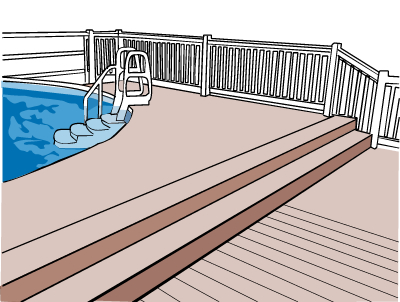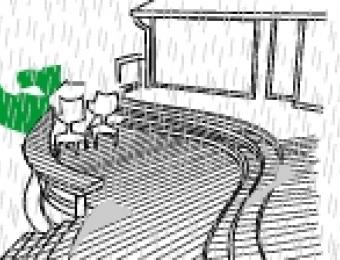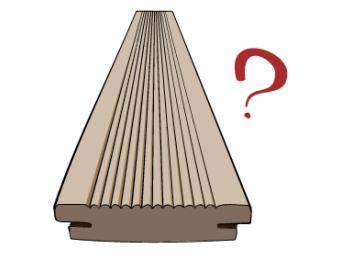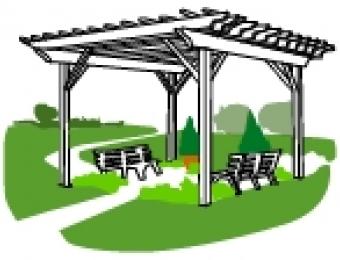
What are pool decks?
Pool and spa decking consists of the decking boards around a pool, spa or hot tub, and any stairs or pathways leading up to it. These boards will often see a lot of exposure to water from wet feet and splashing, and the chlorine added to the water can bleach wood decking quite quickly if it isn’t treated and sealed appropriately.
Why is decking used around pools?
These decks are used as a beautiful and safe way to lay the flooring around a wet area. Decks are easy to fence around to keep your pool compliant with safety regulations, and timber generally provides very good non-slip surfaces. Likewise, the spaces between decking boards allows for excellent, localised drainage, and ensure that puddles can't form.
Wood is also somewhat more forgiving than concrete or stone to fall on, as it has a little give and flexibility. The natural colour of the wood can also provide a stunning contrast to the light and vivid blues of a clean pool or spa, enhancing its visual appeal even further.
How are pool decks constructed?
It is usually necessary for the pool or spa to be installed before the deck is constructed around it, as this is a much simpler task, and less likely to leave you with permanent, unsightly marks on your deck or disturbed footings. With careful planning though, a pool or spa can be installed in or next to an existing deck.
Installing a deck around an irregularly shaped pool can increase the cost and risk of mistakes, but can offer some unique design opportunities such as incorporating an arch bridge over the top. Be aware too that you will need to fully enclose the area inside a lockable fence to comply with Australian Safety Standards - if fencing doesn't already exist, it's often a good idea to incorporate that into your overall design.
Pool decks are installed much like other decks, but extra care needs to be taken to waterproof and seal any exposed areas. Stainless steel screws or nails should be used to prevent corrosion, and the wood used should be treated before laying to ensure it is properly and completely coated.
It is worth noting that especially here, boards should be laid ridged side down to allow maximum airflow underneath the boards to let them dry properly. Although a lot of people believe otherwise, placing the ridges upward does nothing to increase traction in the wet, and can actually cause accidents by allowing the wood to become more slippery due to algae growing from water trapped in the grooves. If your decking has been installed upside down it is worth having it redone from both a safety and maintenance perspective.
|
Advantages
|
Disadvantages
|




